Tubeless tire setups are becoming increasingly popular among mountain bike, gravel, and even road cyclists, and for good reason: a tire that seals its own punctures is pretty convenient. So if you’re going to run tubeless tires, you’ll definitely need the key ingredient that makes that magic happen—that is, tubeless tire sealant.
We spoke with Drew Esherick, team mechanic for Pivot Maxxis p/b Stan’s NoTubes cyclocross team, to get expert advice on how to use tubeless tire sealant and more.
(Haven’t jumped on the tubeless train yet? Here’s everything you need to know about tubeless tires to decide if they’re right for you.)
Tubeless tire sealant is the liquid that goes inside tubeless tires and automatically plugs punctures as they happen. Most sealant is made from a natural latex base that dries inside a puncture when it’s exposed to air. There are particulates suspended in the latex—different brands use different materials—which is what gives the latex something to stick to in order to clog the hole instead of seeping out.
→ No matter what you need to improve in your riding life, find it with Bicycling All Access!
Race sealant is a version that has more and larger particulates floating in the latex than regular sealant, allowing it to coagulate much faster and fix larger punctures more quickly. But it also requires replacing a lot more frequently, so it’s best for riders who race regularly.
Trevor Raab
It depends on whether you’re setting up your tires for the first time or just topping them off.
“The imperfections in a new tire are going to soak up some of the sealant,” says Esherick.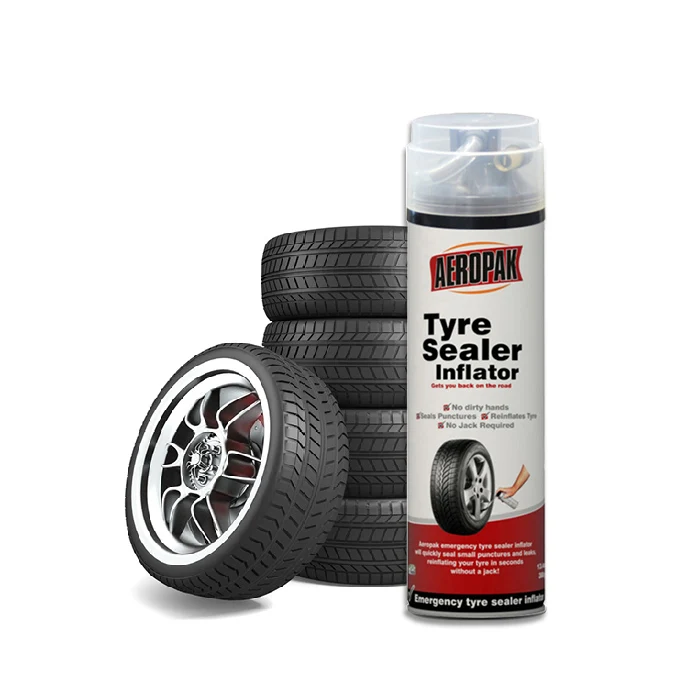 So when you’re doing an initial setup, you use about double the sealant you would when you’re just topping it off.
So when you’re doing an initial setup, you use about double the sealant you would when you’re just topping it off.
For a brand-new gravel or mountain bike tire, use about four or five ounces, and use two ounces for a road tire. These are approximate measurements, so don’t worry about getting it exactly right. “There’s no such thing as too much,” says Esherick. But it’s very common to use too little then wonder why your sealant “doesn’t work,” so be generous with it.
$34 at Competitive Cyclist
Credit: Stan's No Tubes$10 at Competitive Cyclist
Now 25% Off
$30 at Amazon
Credit: Muc-Off$30 at Amazon
The least messy way to get sealant into your tires is through the valve stem. To do this, you’ll need a valve-core remover to remove the valve core and a sealant injector to measure it out of the container and squirt it though the valve, or a pre-measured bottle with an injector tip. If you don’t have either of these, you can separate a section of your tire from the rim and just pour it in.
To do this, you’ll need a valve-core remover to remove the valve core and a sealant injector to measure it out of the container and squirt it though the valve, or a pre-measured bottle with an injector tip. If you don’t have either of these, you can separate a section of your tire from the rim and just pour it in.
Trevor Raab
Trevor Raab
If you’re pouring it in through an opening in the tire, Esherick suggests pouring the sealant in with the opening at the bottom of the tire, and then turning the wheel slowly to let the sealant run down inside the part of the tire that’s fully installed. This will allow you to finish installing that last bit of bead without making a mess. If you’re using race sealant, the larger coagulative particles are too big to fit through the valve without clogging it, so you’ll always pour it into the tire this way.
After adding the sealant, replace the valve core and inflate the tire to its specified pressure quickly to get the bead to settle in place on the rim. (Do not over-inflate; that can lead to explosions!)
(Do not over-inflate; that can lead to explosions!)
If your sealant is leaking out of a larger puncture rather than filling it, you can plug it by hand using a tubeless tire plug. These are little rubber strips you poke directly into the hole with a needle. The rubber will get stuck in the tire and react with the chemicals in the sealant and expand to plug the hole. And yes, you can put a bunch in your tire if you have multiple holes.
If a puncture doesn’t seal you can use a plug kit to help seal the hole.
Trevor RaabIf you get a gash in your tire that’s too big for the sealant to handle or even to plug by hand, you can remove the tubeless valve and install a regular inner tube on the rim to get home. Another thing to keep in mind is that sometimes sealant takes a bit of time to fix larger holes: You might need to pull off the trail and let it pool around the puncture for a minute or two so it can do it’s thing.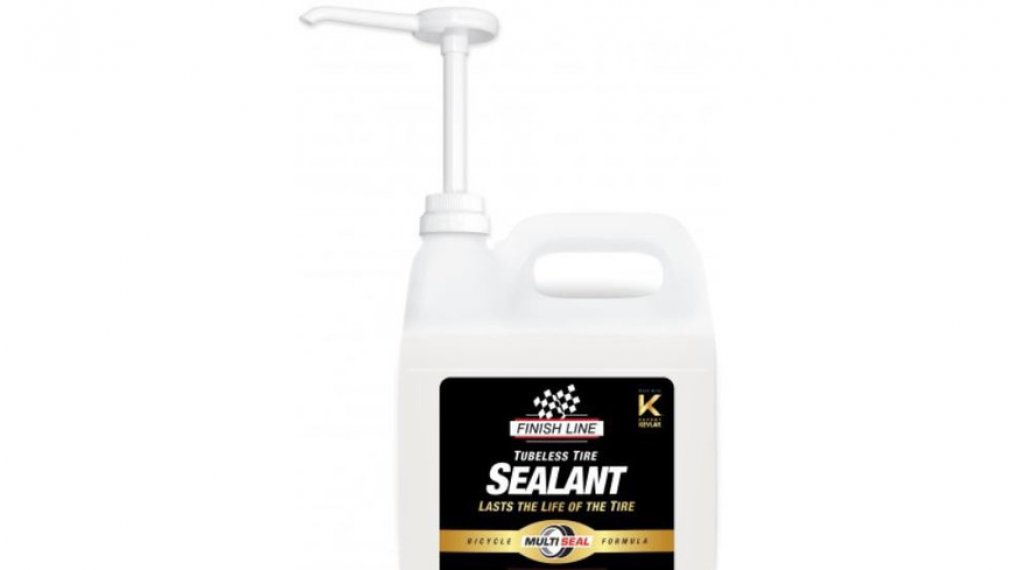
“If your tire gets a puncture that just won’t seal, it’s possible you are riding with too much pressure,” Esherick says. “And if you’re doing that, you’re not getting the benefit of tubeless tires, which is to run a lower pressure that’s more comfortable and has better traction.”
$155 at Trek Bikes
$66 at Amazon
Keep It Clean
$10 at notubes.com
Precisely measure sealant and install with no mess.
Mid-Ride Repair
$60 at dynaplug.com
Brass-tipped plugs make fixing bigger punctures easy.
“Bicycle tires are really thin and porous, which makes sealant evaporate over time and dry out,” Esherick says. That’s why it’s necessary to top off your sealant about every two to three months, even if you haven’t gotten a lot of punctures.
If your tire looks like this it’s time to clean it out and add some fresh sealant.
Trevor RaabAccording to Esherick, two ounces is the right amount of sealant for topping off gravel tires all the way up to 2.5-inch mountain bike tires. “If you’re up in the 2.5- to 2.6-inch range, you might want three ounces, and 2.7- to 2.8-inch tires require about four ounces,” Esherick says. “As you get a larger volume tire, you’re going to want a little bit more sealant in there.” Two ounces is enough for road tires for the first time, as well as plenty whenever you top them off.
Try to, at least once a year, take your tire completely off the rim to scrape out the dried sealant and start fresh. This preventative maintenance will keep your tires turning in time.
Riley Missel
Riley Missel is an experienced road racer, mountain biker, national champion on the track, and a former Bicycling editor.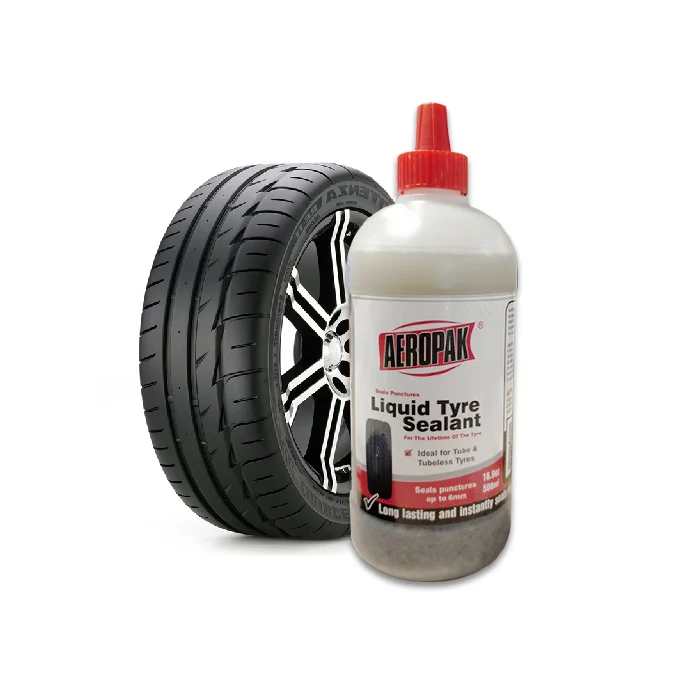 She is a USA Cycling-certified Level 1 coach, a loud and very stoked Spin instructor, and she will definitely stop the ride to pet that dog.
She is a USA Cycling-certified Level 1 coach, a loud and very stoked Spin instructor, and she will definitely stop the ride to pet that dog.
This content is imported from OpenWeb. You may be able to find the same content in another format, or you may be able to find more information, at their web site.
There’s all sorts of information on bike tire sidewalls these days: Minimum and maximum pressure, rotating direction, bead type, casing type, rubber durometer, and on and on. Some of that is just for marketing and branding, but a lot of it is provided for more practical reasons. However, with tubeless tires becoming increasingly popular — and with more companies pushing the format — why are consumers still left to mostly fend for themselves when it comes to figuring out how much sealant to use?
I swap a lot of tubeless tires, and the tires span a wide range of sizes and widths that include nearly every possible variant between 700×25 mm and 26×4. 6″. As a result, I admittedly might get a little more annoyed than most about how often I have to figure out much sealant to use in a particular tire: 30 mL here, 50 mL there, maybe several hundred mL elsewhere.
6″. As a result, I admittedly might get a little more annoyed than most about how often I have to figure out much sealant to use in a particular tire: 30 mL here, 50 mL there, maybe several hundred mL elsewhere.
Most of the time, the amount of sealant required is dependent on the tire size, but as many of you already know, it also varies a lot on the tire model.
For example, something with a super supple and porous casing like from Rene Herse or Challenge might require more sealant than usual. On the other hand, I’ve found tires from Goodyear and American Classic require much less to stay reliably airtight. My fat bike tires? Those gobble up a whopping 200 mL each.
Yes, this hot stamp is already pretty darn busy. But I think there’s still one piece of information missing.While the tires change from day to day, one thing remains the same: the fact I need to look up, or at least verify, how much sealant I should ideally be using. But even that isn’t as straightforward as it should be since most sealant brands are frustratingly vague about how much of their product to use.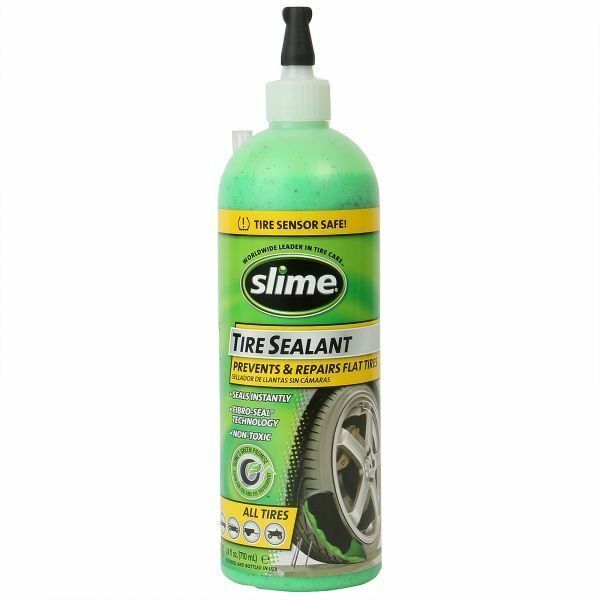
Take Stan’s NoTubes, for example. Without question, NoTubes is the most widely used sealant brand on the market, yet here’s what you’ll find on the company’s FAQ page:
“For a XC 29er tire (2.0-2.2”), we recommend 3-4 ounces (89-118 mL) of sealant as a starting point. The amount of sealant can be adjusted based on the volume of the tire. More sealant can also be added if a tire is particularly porous and difficult to seal. For road and cyclocross tires, we recommend 2 ounces (60 mL).”
So for a 700×25 mm road tire, the answer is 60 mL. A UCI-legal ‘cross tire? 60 mL. A 45 mm-wide gravel tire? Uh, apparently also 60 mL. And what if you’re running a 27.5×2.6″? Or a 650×42 mm? Your guess is as good as mine.
Orange Seal’s FAQ isn’t much better. It says to use “1-2 oz for 23–28c; 3 oz for 27.5; 4 oz for 29ers; and 6-8 oz for 3.0-5.0.”
Note there’s nothing listed for gravel tires, there’s a single recommendation for seemingly all 27.5″ and 29″ setups (2.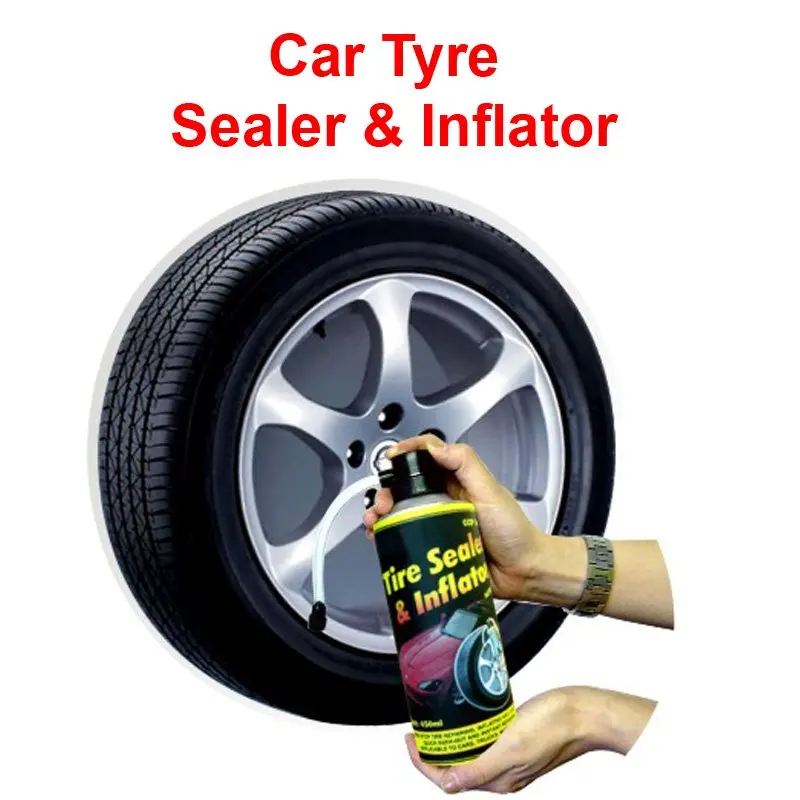 0″? 2.6″?), diameter categories with no widths paired with them, and width categories with no associated diameters.
0″? 2.6″?), diameter categories with no widths paired with them, and width categories with no associated diameters.
And Continental? There’s nothing I could find in text form, but this came from a video manual for its RevoSealant: “For a 2.0 or 2.1″ tire, squeeze 80-100 mL of Conti RevoSealant into the tire. For a 2.2 or 2.3″ tire, the amount squeezed into the tire should be 100-120 mL. And for one 2.4 or 2.5″, 120-150 mL.”
Uh, what about road tires? Gravel tires? And no mention of tire diameter?
I think you see my point here.
From where I sit, it’s the tire brands that should have the best information on how much sealant should be used for their tires.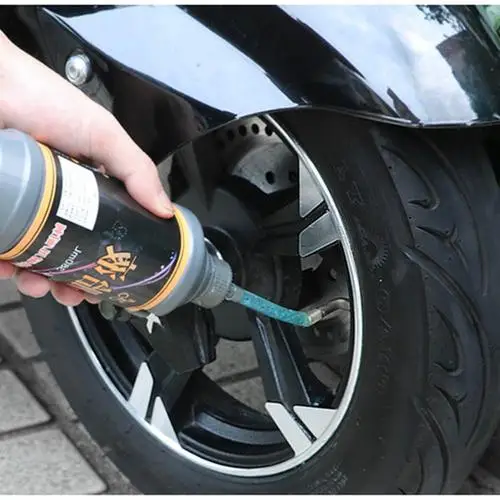 They know what the actual casing surface area is for a given model, as well as how porous a particular casing may be. And yet almost none of the tire brands I spoke with provide that information to their consumers.
They know what the actual casing surface area is for a given model, as well as how porous a particular casing may be. And yet almost none of the tire brands I spoke with provide that information to their consumers.
“As a tire brand, we can’t guarantee the quality and sealing effectiveness of a competitor’s sealant,” said WTB PR and product marketing manager Clayton Wangbichler. “Therefore, we can’t in good conscience tell somebody how much of a competitor’s sealant will be sufficient. I’ve used some sealants where an average amount of sealant works just fine, whereas others seem to require an ocean of sealant within the tire in order for me to feel confident in its ability to seal a puncture. Some sealant doesn’t seem to work at all, regardless of whether there is 2 oz or 20 oz of sealant in the tire. Other sealants are incredibly thick and therefore require more volume to fully coat the inside of the tire.”
“A tire is part of a system where only one component may be ours,” explained Goodyear president Luke Musselman.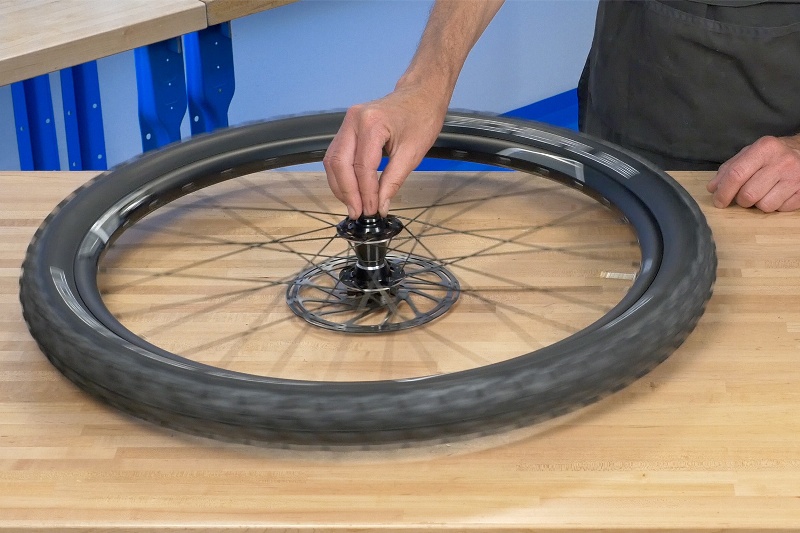 “Riders today can choose from a wide range of sealants available on the market, each of which may have different recommended volumes for a given tire size. Given that, we would point to the sealant manufacturer to provide the recommended volumes of their products for best results.”
“Riders today can choose from a wide range of sealants available on the market, each of which may have different recommended volumes for a given tire size. Given that, we would point to the sealant manufacturer to provide the recommended volumes of their products for best results.”
“Safe filling amounts are a feature of the sealant and need to be unambiguous,” said Specialized’s director of tires and tubes, Wolf Vorm Walde. “Different sealants may require different amounts. A tire brand cannot foresee what type of sealant riders fill into their tires. The sealant is a part of the wheel assembly. Mounting instructions have to come with any part of the assembly itself, especially when it is an alternative part as in tubeless ready tires.”
Does any of this seem a little silly to anyone else besides me?
Even NoTubes implies that its own somewhat broad guidelines are the result of variations in tire casings and dimensions.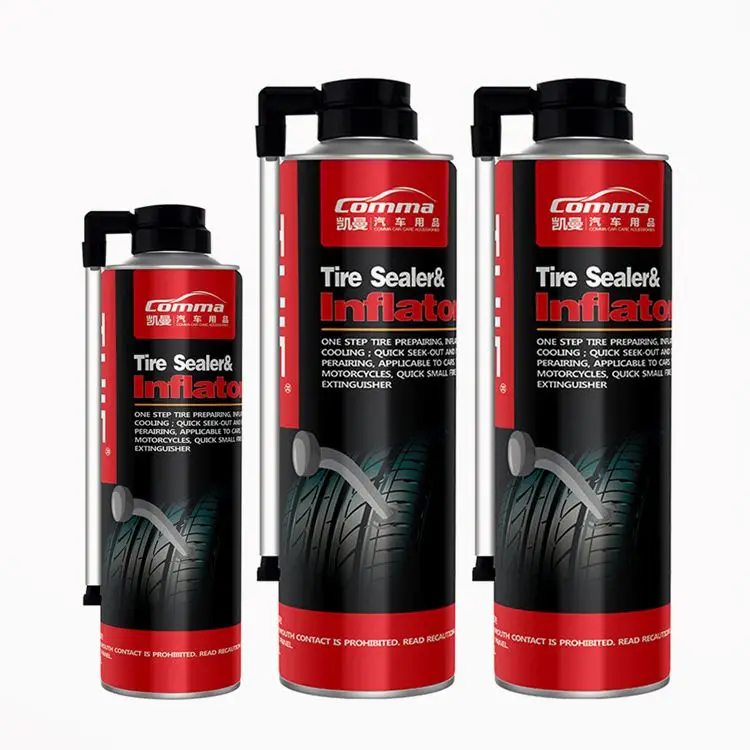
“We keep thinking about trying to match specific tire width and diameter with sealant amount recommendations, but tire volumes and casing styles seem to vary so much that it’s tough to rely on that entirely — one of those cases where being too specific may be worse than offering general guidelines,” said Chris Currie, who handles brand and marketing for NoTubes. “We usually recommend 2 oz for road tires and 4 oz for 29″ mountain tires as a broad guideline. Personally, I use 2 oz in my 40 mm gravel tires and 4 oz in my 29×2.5″ Maxxis tires. I’ve had some tires (even the same brand) that seemed to be more porous and required a bit more initial sealant, though.”
It shouldn’t be this hard.
I agree that different sealants work differently, and that they may require somewhat different amounts for optimum performance. But in reality, most of them aren’t that different in terms of how much you need to use.I agree that there’s a fair bit of variation in how much sealant is needed for a reliably airtight setup, but in my experience, the major variable isn’t the brand of sealant you’ve got in your hand, but rather the size and porosity of the tire.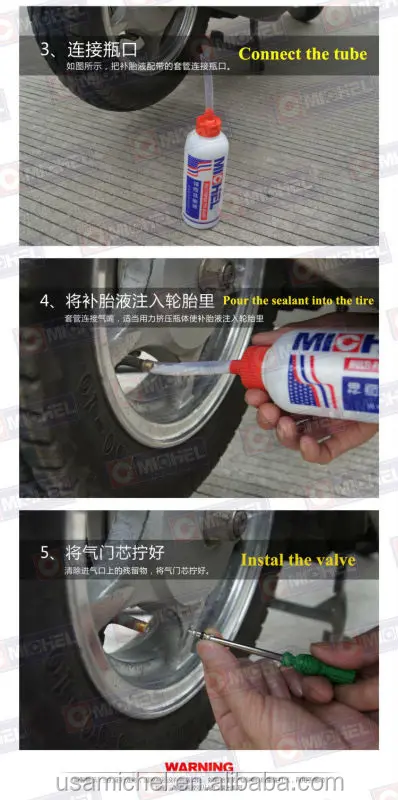
I also agree that some sealants are better than others (and some, like Finish Line’s thankfully discontinued first attempt, are positively awful). But most tire brands with their own sealants already recommend against using anything else, so I’m not sure why they have to further hedge by accommodating the lowest common denominator.
And yes, the tire is only one part of the whole tubeless equation. But it’s also the one that has the most influence on how much sealant should be used. “The sealant is a part of the wheel assembly”? Inner rim width might alter the total air volume, yes, but when you consider the main function of sealant is to plug up the interface between the tire and rim, and the casing itself, I hope you’ll agree that rim width really doesn’t matter here.
The one notable exception I found to all of this is Bontrager, which lists on the product page of every tubeless-compatible tire it sells a precise recommended sealant amount. A 700×25 mm R3 Hard-Case Lite gets 35 mL.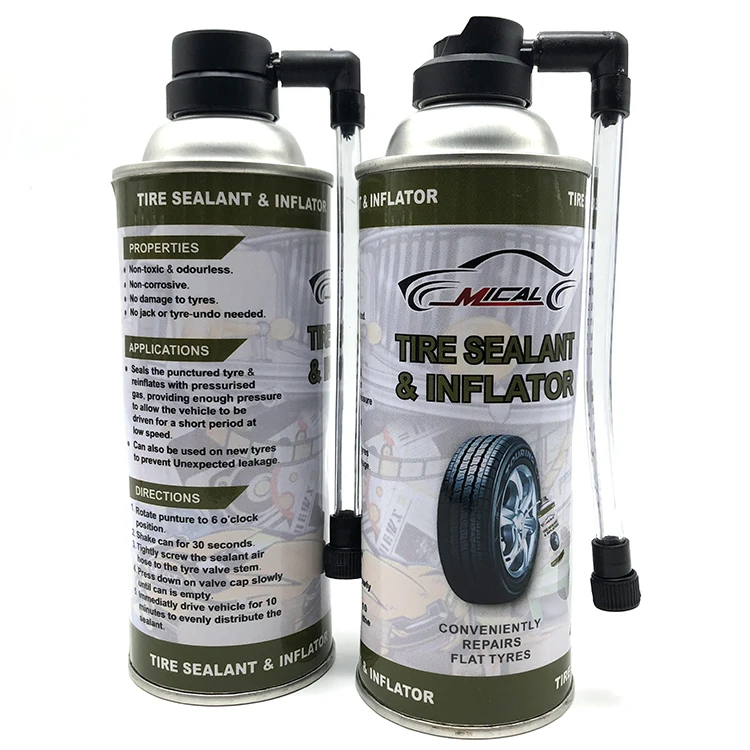 The 28 mm version? 40 mL. And Bontrager recommends exactly 45 mL for the 32 mm size. And on the sealant side, Effetto Mariposa has a pleasantly precise online guide.
The 28 mm version? 40 mL. And Bontrager recommends exactly 45 mL for the 32 mm size. And on the sealant side, Effetto Mariposa has a pleasantly precise online guide.
I get it. Although every one of the tire brands mentioned here makes its own sealant, none of them can guarantee that everyone will actually use that specific sealant. But in caving to that uncertainty, it seems that no one wants to be on the hook if a consumer doesn’t end up having a good experience with their product.
But that just seems like a cop-out.
Sure, the chances are good that someone will use something other than Bontrager sealant in their Bontrager tire. But the company’s verbiage is clear that Bontrager sealant is what’s recommended, and those volume specs at least provide users with a decent starting point. That person might end up having to add a little more if they live in a dry climate, or if their preferred brand of sealant just isn’t as efficient at plugging porosities in the casing.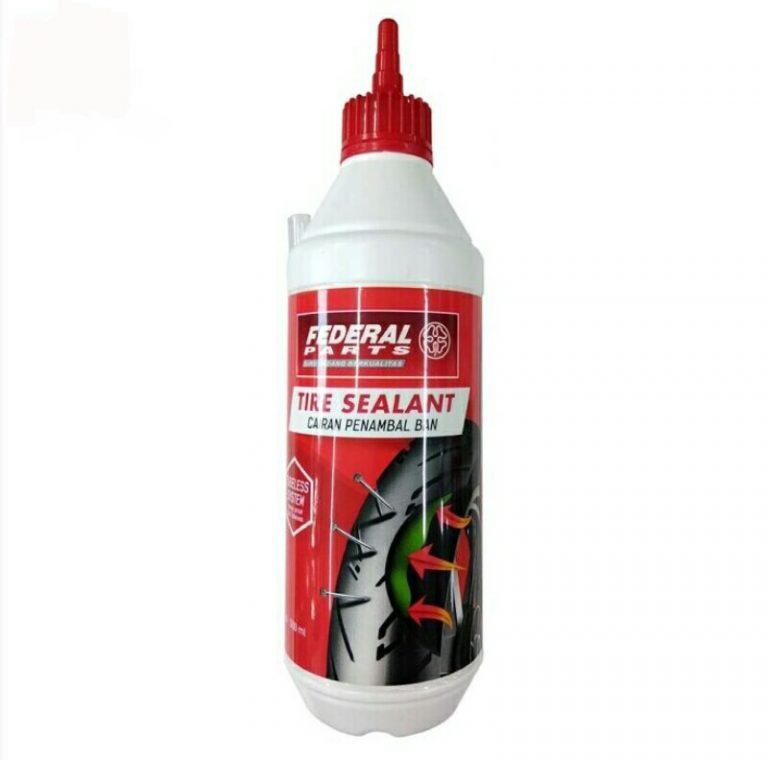 But isn’t that better than leaving people to guess?
But isn’t that better than leaving people to guess?
Why should I be the one to learn on my own that my WTB gravel tires work best with slightly more of a higher-viscosity sealant than others? Can’t WTB tell me that since they presumably know their own tires best?
Perhaps there’s a little bit of light at the end of the tunnel, though.
When I suggested it, Bontrager marketing manager Alex Applegate sounded genuinely interested in the idea of printing these sealant recommendations right on the tire casing. After all, the company has already done the hard work of determining the proper sealant amounts for each of its tubeless-compatible tires, so how much more would be required to just put that number right on the tire’s hot patch?
“That is a great idea!,” Applegate said. “We are going to look into it.”
For sure, it’d be a design challenge to figure out how and where to incorporate a sealant volume recommendation directly on a tubeless tire. But it still seems like a worthwhile endeavor.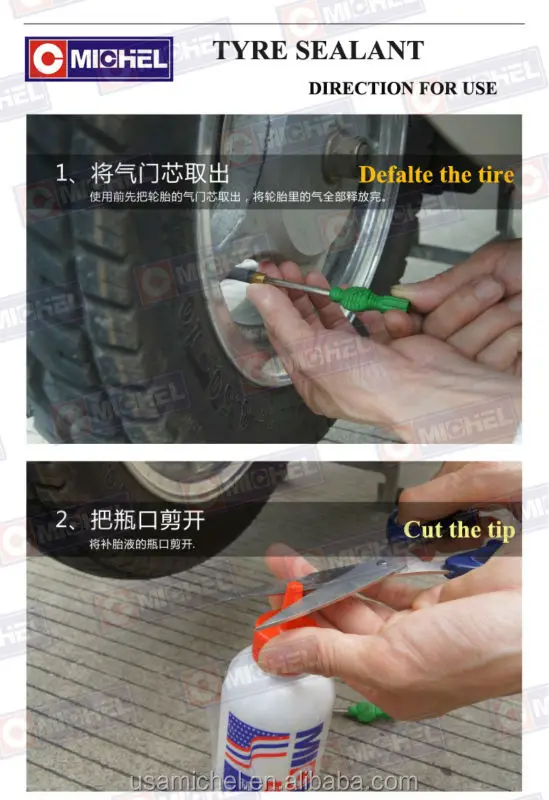
And Vittoria? “I hear you,” said the company’s senior vice president of product development, Ken Avery. “I think there is certainly room to innovate on this topic.”
“Well, [the idea of labeling tires with recommended sealant amounts] has been discussed, but they always end up deferring to rider preference and to the sealant companies,” said Schwalbe North America brand manager Nathan Forbes. “The proponents of doing it say it would help simplify life for consumers. The people against say that it varies greatly depending on your type of riding and the type of sealant that you use.”
I’ll be the first to admit that tubeless bicycle tires are still far from perfect, especially for gravel and road. But now that legitimate tubeless rim standards have been established that tire brands can reliably design around, many of the problems we’ve been dealing with to date should progressively get better (and they already are).
It’s pretty obvious that tubeless is where the industry is headed across all performance categories.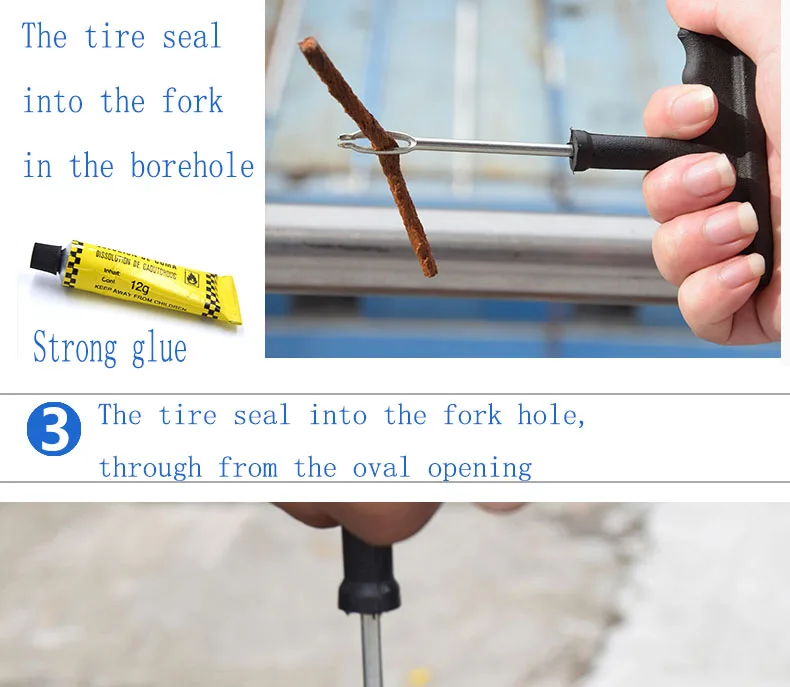 But given how many times the industry has shot itself in the foot on the topic — and how much it clearly wants tubeless to be widely adopted — shouldn’t tire companies want to make this as easy as possible for people?
But given how many times the industry has shot itself in the foot on the topic — and how much it clearly wants tubeless to be widely adopted — shouldn’t tire companies want to make this as easy as possible for people?
JRA is an acronym well-known to bike shop employees, usually applied to customers submitting warranty claims that are clearly invalid (“I was just riding along when my top tube dented!“). It’s in part an homage to James Huang’s long tenure as a shop mechanic, but also the title we’ve given to the collection of random musings that are regularly published here on CyclingTips. Most — but not all — of them are tech-related, but either way, they reflect what’s been on his mind and what he’s been thinking about when he’s just riding along. Follow the link for other JRA posts.
An unpleasant situation, from which no car owner is immune, is a puncture of rubber. The problem arises spontaneously, and often there is no spare tire on hand to dismantle the punctured wheel and put on another one.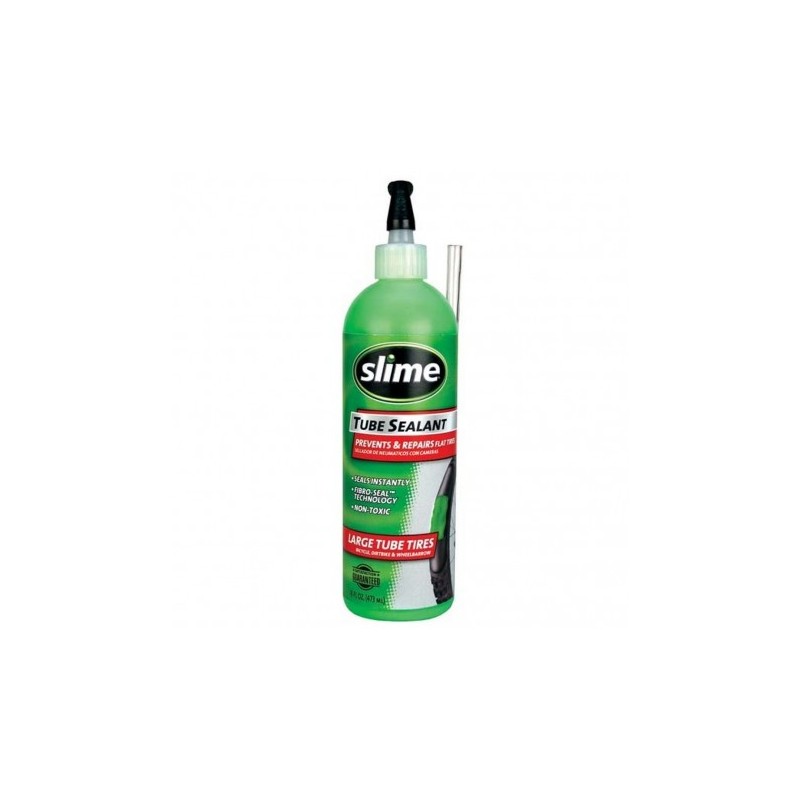 In such cases, drivers use tire sealant, an effective chemical that can quickly seal a puncture on a tire.
In such cases, drivers use tire sealant, an effective chemical that can quickly seal a puncture on a tire.
Contents
Automotive sealants have appeared on the market relatively recently and have already won the trust of vehicle owners. The substance for instant vulcanization of rubber is placed in a small sealed container. Depending on the components, tire sealants are either latex or synthetic/natural fiber blends. Sealants for express vulcanization of tube and tubeless tires offer important advantages:
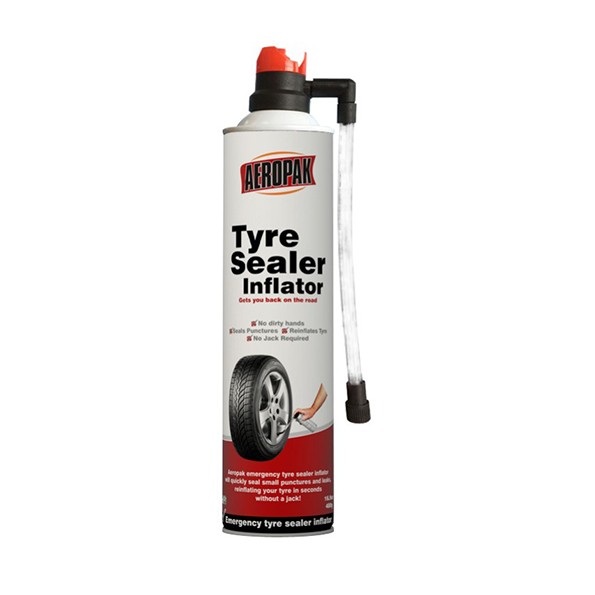
Instant curing compounds are classified into aerosol and liquid, the characteristics of which differ slightly. By nature, aerosol sealant is liquid, but is contained in a high-pressure can. A hose is used to introduce it, but compressed air must be completely removed from the tires. The compositions can be used for repair work and the prevention of punctures.
Important: It is important to use emergency wheel sealant in case of punctures in the tread area. If you use tools for vulcanizing side cuts and cracks, the compositions are ineffective due to the effect of centrifugal force. It is not possible to seal the tire with sealant in case of disassembly.
To prevent the possibility of a tire puncture or cut on the track, car owners use express sealants. When the vehicle is in motion, centrifugal force helps distribute the tire sealant inside the tire. To prevent cuts in tubed tires, the sealing compound is distributed in the air cushion so that it protects the cord layer. Tire Damage Prevention Benefits:
When the vehicle is in motion, centrifugal force helps distribute the tire sealant inside the tire. To prevent cuts in tubed tires, the sealing compound is distributed in the air cushion so that it protects the cord layer. Tire Damage Prevention Benefits:
Sealant prevents rubber delamination and improves tire temperature control when overheated. The use of puncture prevention agents simultaneously creates several levels of tire protection, prevents corrosion of the cords and increases the life of the rubber. In case of damage to the integrity of the tire, the viscous composition instantly forms a vulcanizing plug.
Repair sealants are used to quickly seal tires when trouble has already happened. Most formulations can only be applied on fully flat tires. The agent is injected through the nipple, and as the sealant enters, the tire is filled, and foam may form at the puncture site.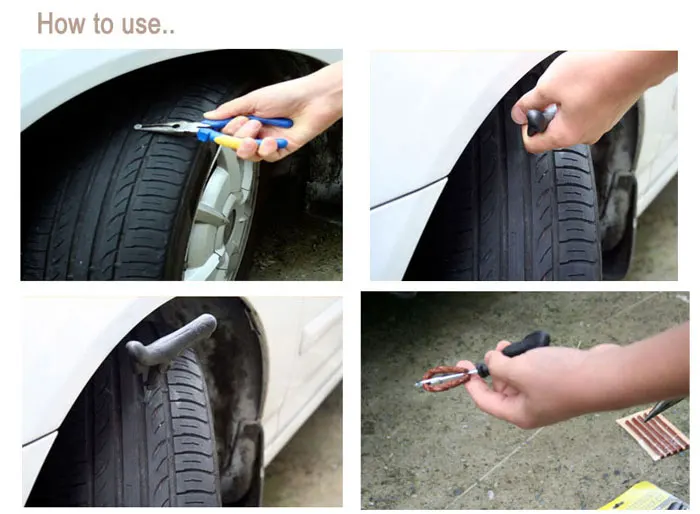 Benefits of punctured tire emergency sealant:
Benefits of punctured tire emergency sealant:
If a nail or a piece of glass is stuck in the wheel, before using the sealant, the object must be removed so that the substance reliably clogs the puncture and is evenly distributed inside the wheel. To fully restore the tire, you need to ride at low speed - this distance is indicated in the instructions.
The automotive market offers a wide range of instant wheel sealants. Products differ in technical characteristics, packaging and volume. It is worth paying attention to proven brands that have collected positive feedback from car owners and have successfully passed tests. General requirements that a tire sealant must meet:
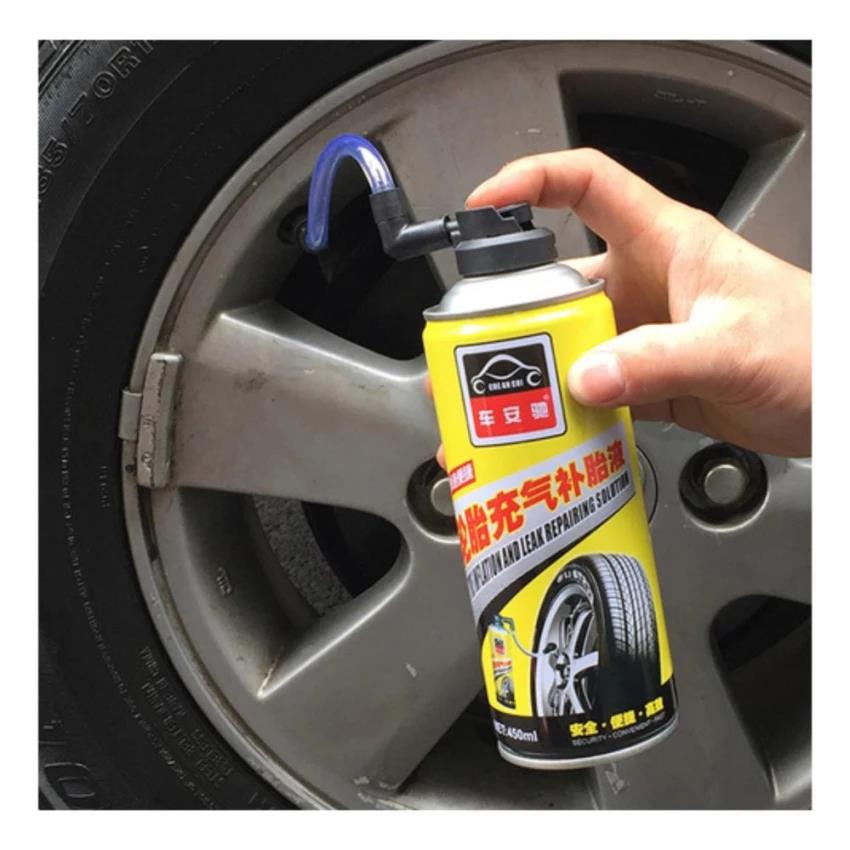 The temperature range is indicated in the manufacturer's instructions.
The temperature range is indicated in the manufacturer's instructions. Attention: The effect of the use of sealants is short-lived, therefore, after repair, you need to contact the workshop for high-quality vulcanization and wheel balancing.
You can drive on sealed tires at a low speed within 50 km, the distance limit is 10 km. If the agent is used for prevention, the permissible speed and mileage are indicated by the manufacturer of the composition.
The main difference between tires is the presence and, accordingly, the absence of an inner tube. Automotive sealant manufacturers do not classify tubular tire products as a separate category. Therefore, you can use any composition of a universal type.
The Polish company K2 offered Tire Doctor sealant to the attention of car owners.
Universal tool, used to eliminate damage to any tires. It has a high combustibility, so before pumping up the filled tire to the desired pressure, gas should be bled from it. It is recommended to have a powerful car pump on hand. On the 10th kilometer of the track, the train completely copes with the puncture, in the place of which an airtight plug is formed. The pressure is kept at 1.85 atmospheres.
The pressure is kept at 1.85 atmospheres.
Hi-Gear Tire Doctor, an American-made emergency wheel sealant, according to the company, is suitable for tube and tubeless tires. A wheel filled with compound hardly lifts off the ground, which indicates low tire pressure. The properties of the active components of the American sealant are exactly enough to reach the nearest tire service.
Modern vehicles off the assembly line are equipped with tubeless tyres. Fixation with discs occurs due to a layer of special rubber. Tires with a tire and a tube are installed on earlier generation car models. In terms of road safety, tubeless tires show a clear superiority - you can drive a greater distance on a punctured wheel.
Most of the sealants available on the market are of the universal type. But there are special-purpose tools that do a good job of sealing tubeless tires. Sealant Pingo Reifenpannen-Spray - according to the manufacturer's instructions, you can drive about ten km on a vulcanized tire, depending on the nature of the damage, at a speed not exceeding 50 km / h.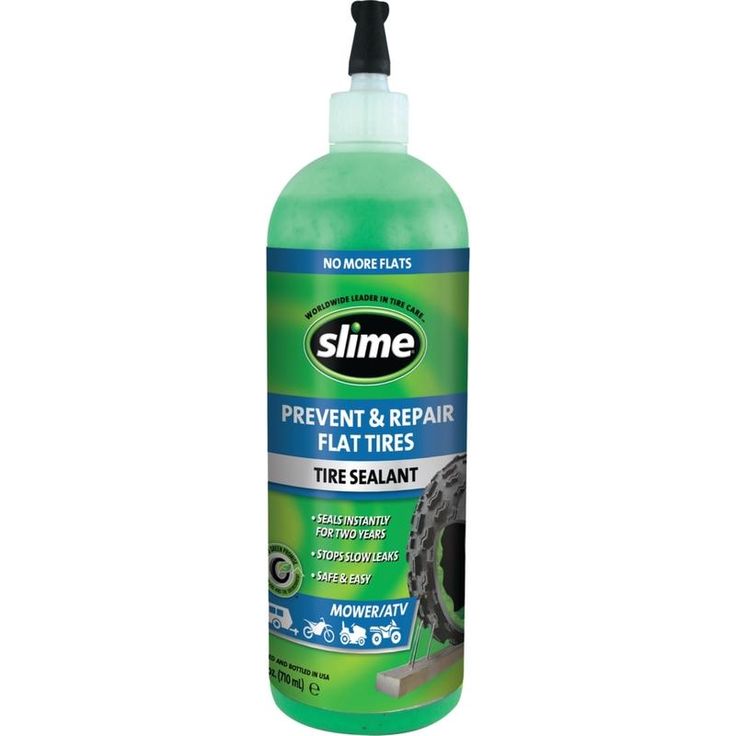 When filled with sealant, the wheel quickly takes on an “inflated” shape. In the process of movement, the pressure decreases, but not significantly.
When filled with sealant, the wheel quickly takes on an “inflated” shape. In the process of movement, the pressure decreases, but not significantly.
Products designed specifically for tubeless wheels include the German sealant Motip Dupli AG Car Tire Repair. The sealing of the tire completely occurs after a few kilometers.
Another effective product, Runway RW6125 Sealant, is sold in a capacious 650 ml can. The purpose of Runway Tire Sealant is to repair tubeless tires while inflating the wheel. Eliminates punctures up to 6 mm, creates the required pressure in the tire in a few minutes.
Advantages of tubeless tire sealants include fast filling of the wheel, effective sealing of punctures. The products do not cause corrosion of the cord threads, are easily pumped into tires through a fitting attached to the wheel nipple. Sealants are quickly distributed over the surface and hold pressure well up to 2 atmospheres.
Good quality Motip Black Line emergency vulcanizing sealant. In a few minutes, tubeless tires can be repaired with sealant. To use the aerosol, you do not need to disassemble the wheels. The rubber-based substance effectively removes up to ten punctures of various diameters simultaneously.
Note: In order to properly use emergency sealants, the cause of the puncture must be eliminated before filling the tires with a liquid compound or aerosol - a glass shard, a nail, a sharp metal object.
Some manufacturers produce universal type products. The compositions are suitable for hermetic filling of punctures in chambered and tubeless wheels. The most popular products of this line:
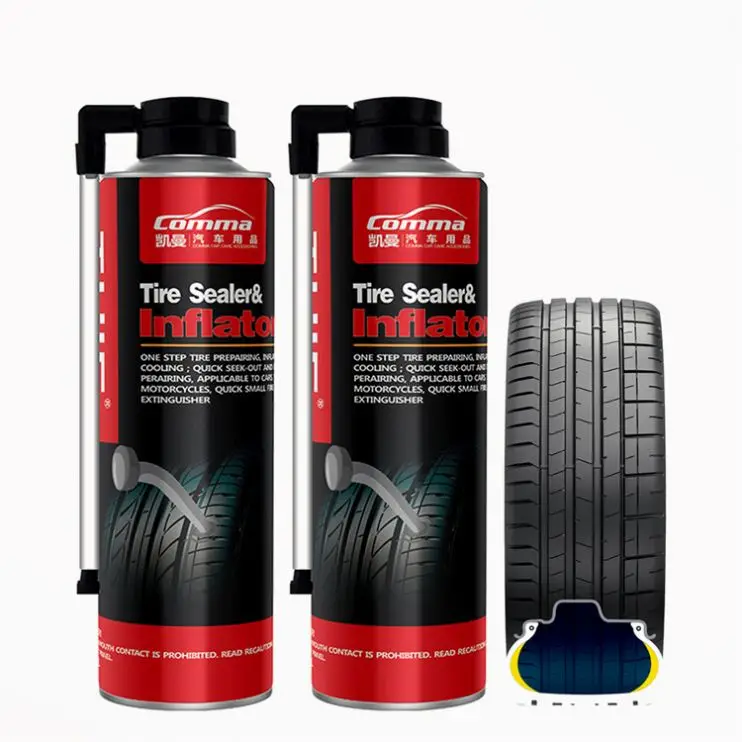
Special attention should be paid to tubeless rim compounds - rubber-based sealants designed to seal air leaks between the rim and the bead. Motorists use ready-made compounds with natural rubber and other components of Rossvik-Light, Bestpatch, Unicord, Tech. Sealing agents are applied with a brush between the rim and tire of tubeless tires, which prevents air from bleeding from the wheels.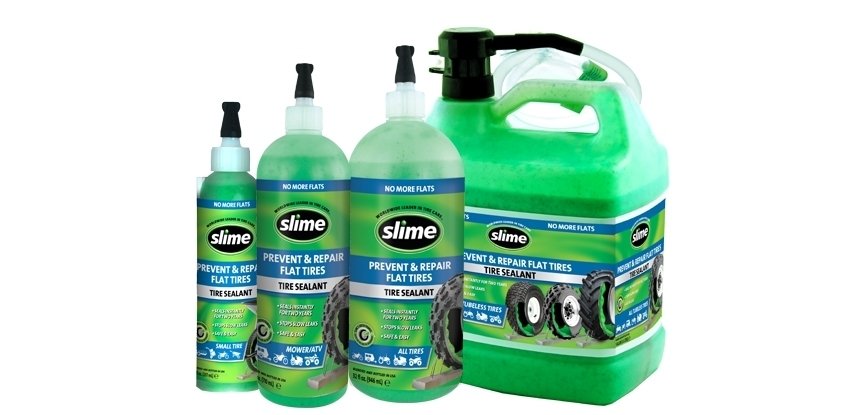 A special lubricant in the form of a concentrated paste can be applied to the tire beads to facilitate mounting / dismounting of wheels.
A special lubricant in the form of a concentrated paste can be applied to the tire beads to facilitate mounting / dismounting of wheels.
The main advantage of the method is that there is no need to disassemble the wheels. When using compounds, follow the recommendations of the sealant manufacturer:
After sealing is complete, check the tire pressure, bleed excess air or inflate the tire if necessary. After a few kilometers, the indicators are re-measured. When using liquid products, the work order is preserved, but after filling, turn the wheel several times to evenly distribute the composition, inflate the tires.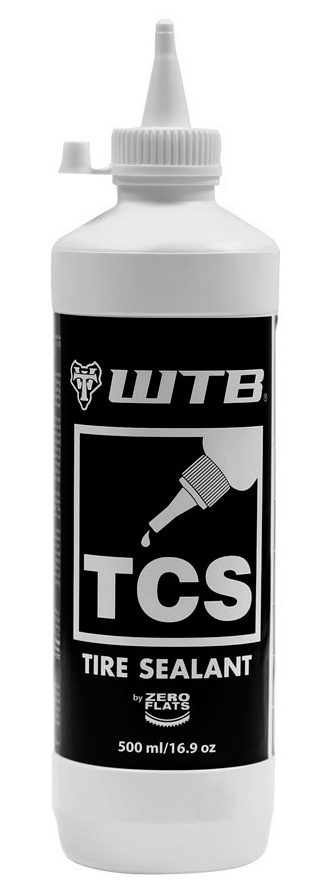
The use of preventive sealants helps prevent punctures, and emergency tools help to cope with damage to the wheels. Sealants reliably seal small holes, cracks, punctures, increasing the service life of automotive rubber. It is necessary to ensure that when using aerosol formulations, the tires are not pumped over. Substances can be used exclusively for patching damage on treads and on undeformed wheels.
A car tire puncture is an unpredictable phenomenon. A spare or stowaway will of course help, but in some cases a faster method of troubleshooting may be required. For girls, changing a wheel can be a serious test. In such situations, a special material - tire sealant - can become a reliable means of repairing a puncture.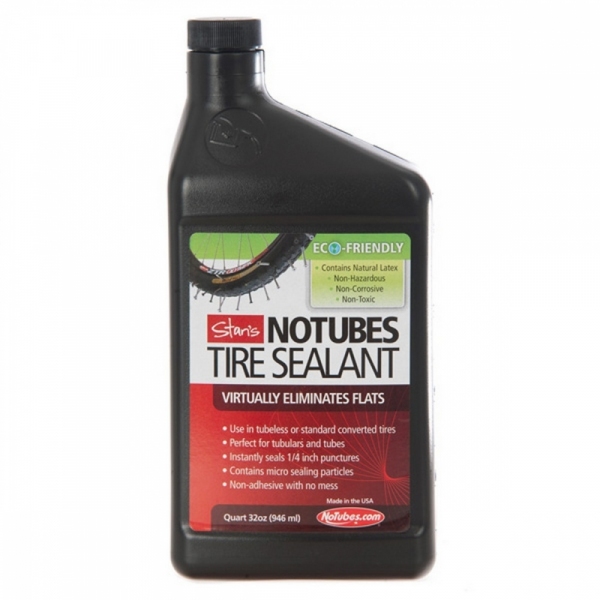
In most cases, tire sealant is an aerosol can containing a special chemical material that seals the tire from the inside.
The composition of the sealants are:
The latex sealant works from the inside of the tire. The material covers the inner surface, and getting to the place of breakdown, isolates it. Compositions based on synthetic or natural fibers are made on the basis of asbestos, polyethylene or paper. They, unlike latex sealants, act only at the puncture site itself.
By appointment means for tires are preventive and repair.
Means for preventive purposes are used in order to prevent a possible breakdown of rubber. A special sealing compound is fed through the nipple into the tire.
Under the influence of centrifugal force, which occurs when the vehicle is moving, the material is distributed over the inner surface of the tire.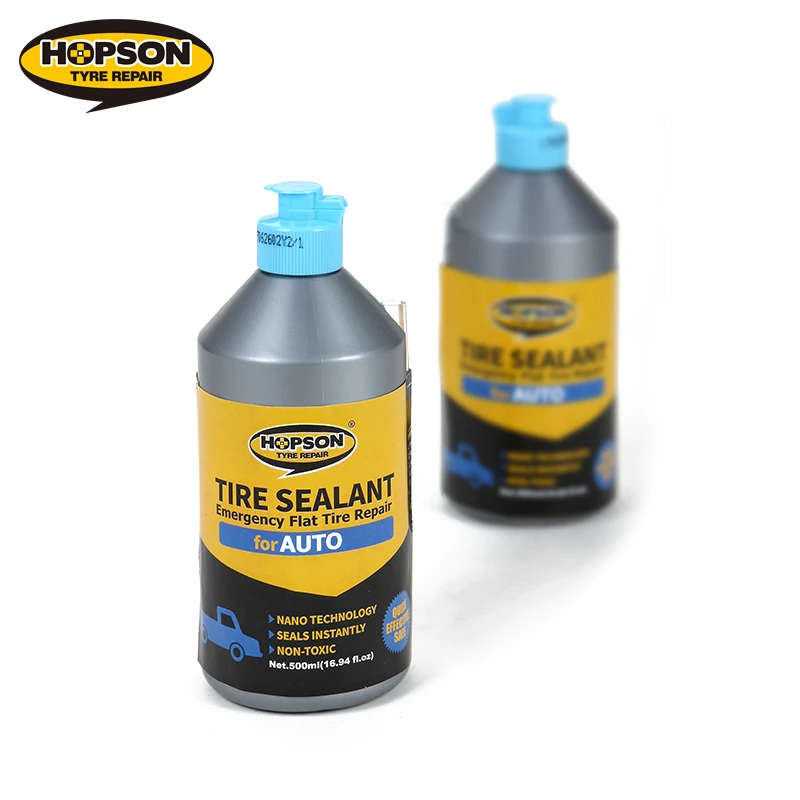
When a tire breaks down, into which a preventive sealant is poured, there is no pressure drop in the wheel.
If the tire is with a chamber, then the composition is poured between the balloon and the tread layer. Due to the air cushion that is present in the wheels with the camera, heating can occur. Since the material withstands high temperatures, it contributes to the cooling of the tread. When using a preventive sealant in tubeless tires, the composition is distributed inside the wheel and prevents the occurrence of punctures and cracks.
Additional functions of sealants:
Repair sealants are used if a puncture has already formed and it is urgent to restore the integrity of the wheel in order to continue further movement.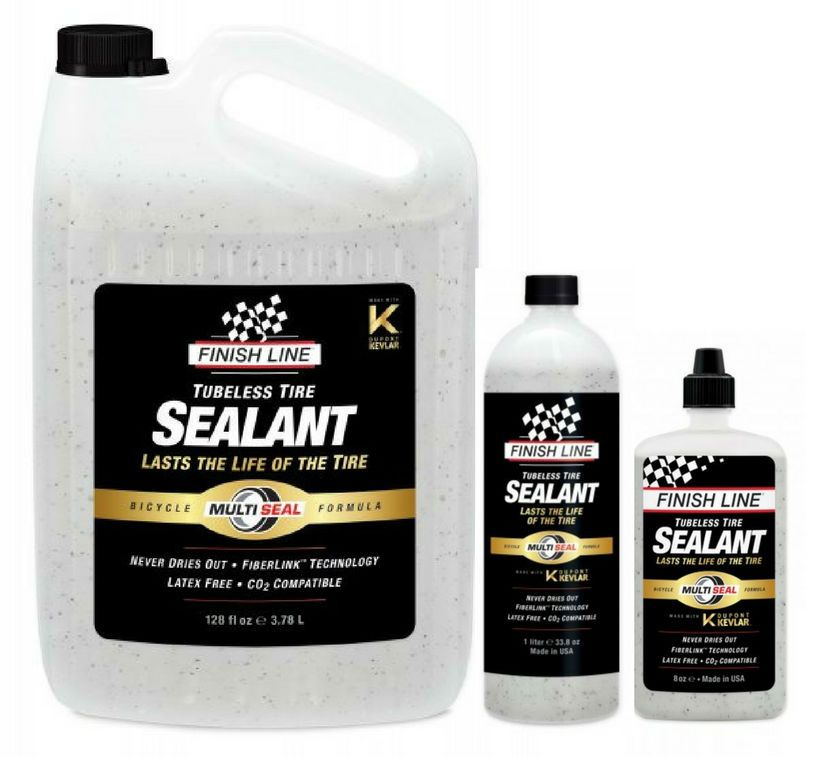
When the material is injected, the pressure in the tire increases and the tire takes shape. A film or liquid is formed inside the wheel, which, under the influence of centrifugal force, is evenly distributed inside the wheel and clogs the sample.
In addition to aerosols, there are materials in vials. They do not increase tire pressure, so the tire must be inflated after filling. But such materials can be used with fully flat tires.
Repair sealants can only be used in tubeless tires. In tires with chambers, their use is unacceptable, since such material will simply glue the cylinder to the inner surface, and the wheel will become unusable.
There are a lot of tools for repairing punctured wheels on the market. In order to attract a potential buyer, manufacturers prescribe "tasty" properties to their products. But, if we put aside all the marketing tricks, to select the optimal tool, you should pay attention to the following characteristics.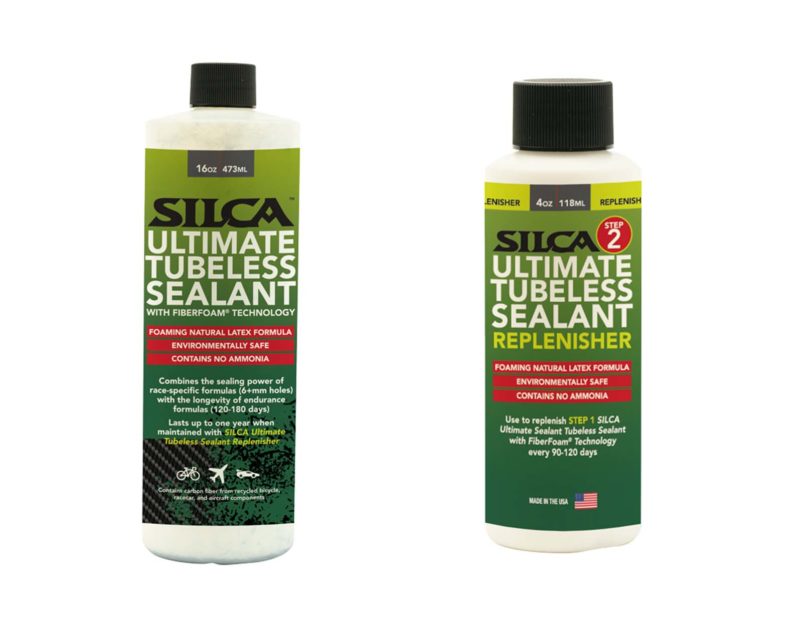
Firstly, this is the purpose of the material. Aerosol wheel sealants, unlike those sold in bottles, have the additional function of increasing the pressure inside the tire. In terms of efficiency, it is impossible to say exactly which composition is better, but the ability to increase tire pressure can be indispensable, especially in cold or rainy weather.
The second is the operating temperature range of the sealant, namely frost resistance. At negative temperatures, some compounds crystallize, lose their properties and become completely useless.
An important role is played by the volume of the sealant. For example, 300 ml of spray is enough to eliminate a puncture in a small car tire, but this is not enough to repair an SUV wheel. Therefore, the dimensions of the installed tires should be taken into account.
This information is contained on the label or instructions for use.
Do not forget about the types of tires installed on the car.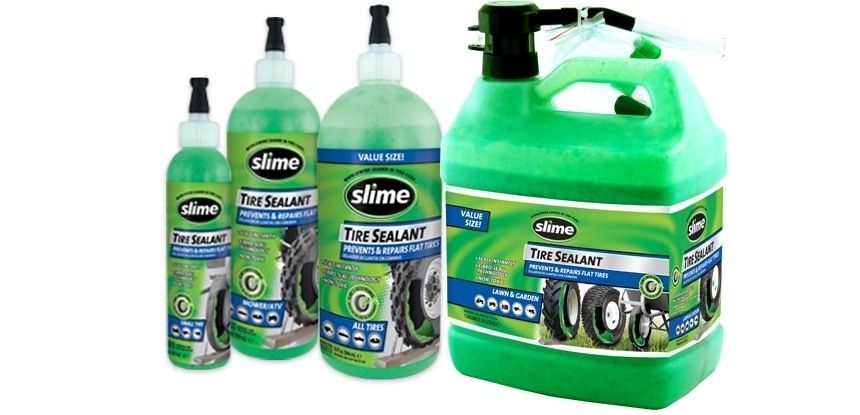 Different sealants are used for tubeless and tube tires, but there are also universal compounds that are suitable for both types.
Different sealants are used for tubeless and tube tires, but there are also universal compounds that are suitable for both types.
You also need to consider the number and size of punctures. Sealants can repair up to 6 punctures at the same time. At the same time, no composition will close up holes larger than 1 cm.
In addition to the above nuances, there are some difficulties that may arise when using a sealant.
Remember that the effect of tire adhesives is short-lived. Depending on the material, a retreaded wheel can be driven from 10 to 20 kilometers at a speed not exceeding 40-50 km/h.
To eliminate lateral damage with the help of such sealants will not work. It's all about centrifugal force, due to which the composition remains only in the projector area, and does not flow onto the side surfaces. Also, do not use sealants if the wheel is deformed.
If you are using aerosols that contain flammable gases, then the wheels should not be inflated with air. During driving, the rubber heats up and the mixture inside can ignite and explode.
During driving, the rubber heats up and the mixture inside can ignite and explode.
Repairing a wheel with sealants is not a difficult procedure. The main thing is to follow certain rules that depend on the material used.
First you need to remove the object that caused the puncture or, if it is not there, find a hole. Then you need to turn the wheel so that the damage is on top. With a completely flat tire, bleed off any remaining air.
The application of most sealants requires the removal of the spool, but with aerosols such manipulations are not necessary. Check the instructions for the material to see if the spool needs to be removed.
Next, you need to install the tip of the cylinder or tube into the valve and press on the valve. Repair can be considered completed as soon as the wheel becomes the desired shape. After that, you should measure the pressure in the tire, and, if necessary, bleed or inflate the wheel.